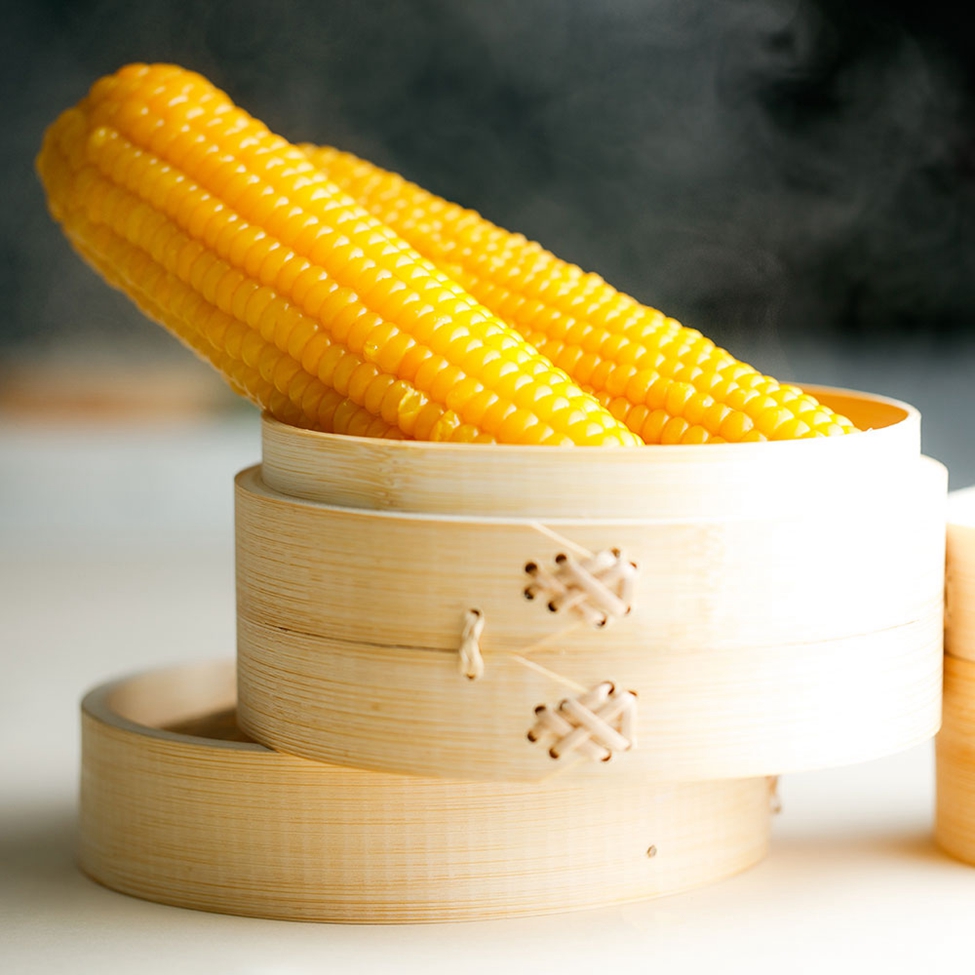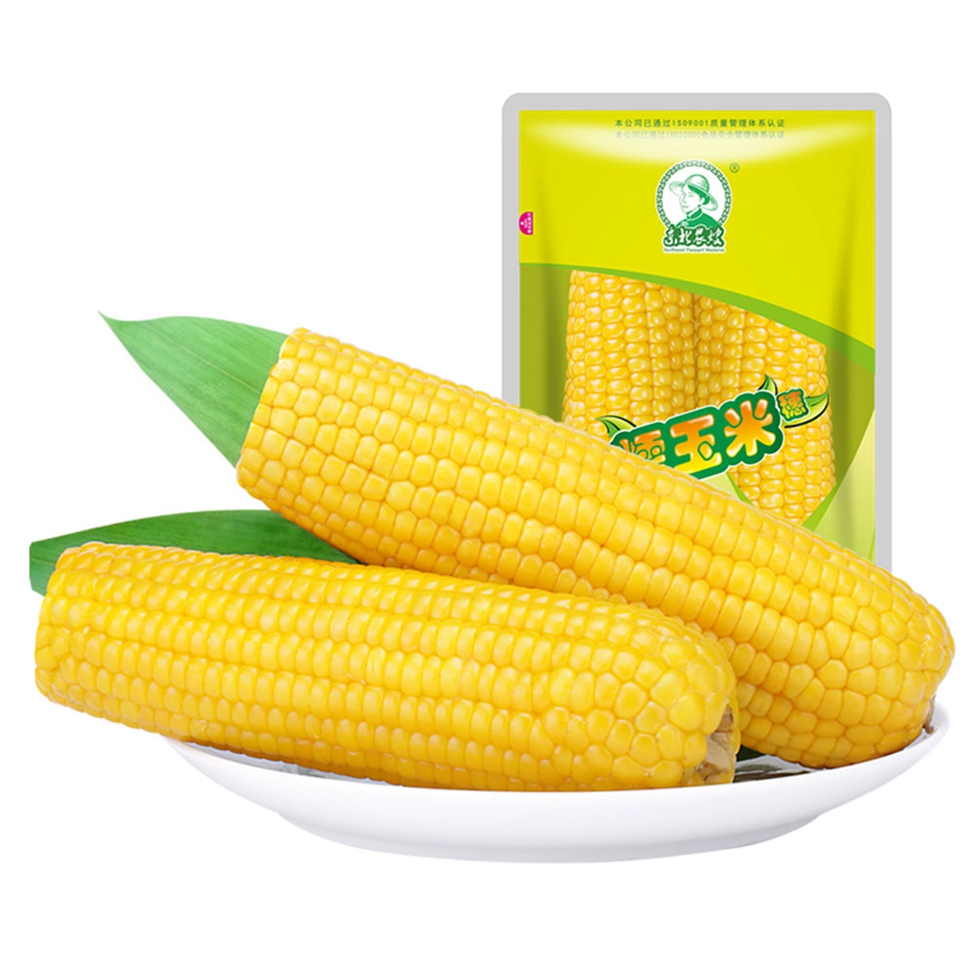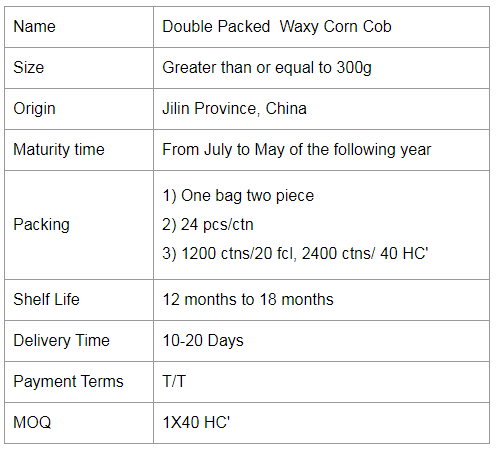Five Keys to Tea Garden Autumn Management
In late autumn, tea trees are in a period of nutrient accumulation, germination gradually stops, and the root system is at the peak of annual growth. Tea garden management should begin in late September, focusing on the following five key points. Reapply base fertilizer The amount of fertilization depends on the yield of the tea garden. Generally, vegetable cake fertilizer is 200 kg/mu or 50 kg/mu 18:8:12 compound fertilizer, and 25 kg urea is applied per acre. For high-yield tea gardens, the amount of fertilizer should be increased appropriately. The best period of fertilization is in late September, early rather than late. Deep soil After a year of production and management of tea gardens, the soil between the rows is compacted and has poor permeability, which is not conducive to the growth of tea roots. A deep turn with a depth of 15-20 cm should be carried out from early October to early November each year. Storage nutrition At the end of the tea season, do not pruning, because pruning will reduce the leaf layer, which is extremely unfavorable to increase nutrient storage. It is exhausted. In order for the spring tea to sprout neatly in the second year, the protruding branches on the crown of the tree should be trimmed. Tea garden closure In winter, tea garden pests are mostly hidden in the tea bushes for overwintering. The quality of the garden closure will directly affect the number of pests and diseases in the coming year. Generally, 50 kilograms of 100-120 times liquid of 45% crystal lime sulfur mixture is sprayed per mu in tea garden. The garden can be closed from late October to early November. Control pests In autumn, we should focus on preventing the green leafhopper from harming the autumn shoots. The symptoms of its damage are as follows: adults and nymphs pierce and suck the sap of the tender shoots of tea trees, and the female adults lay eggs in the shoots of the tender shoots, causing the growth of the shoots to be blocked, the damaged buds and leaves are curled and hardened, and the tips and edges of the leaves are reddish brown and scorched. Disclaimer: Some articles on this website are transferred from the Internet. If the legal rights of a third party are involved, please inform this website for processing. phone Double Packed Yellow Waxy Corn Cob The most common waxy and sweet corn market, waxy corn nutrient content is higher than ordinary corn, contains 70-75% starch (and almost all amylose), more than 10% protein, 4-5% fat and 2% multivitamin, has more grain, VA, VB1, VB2 than rice protein, fat and VB2 highest content. Yellow corn also contains carotenoids like rice and wheat. The molecular weight of glutinous corn starch is more than 10 times smaller than that of ordinary corn. The starch makes glutinous rice sticky and soft, which is softer than that of ordinary hard corn. It has more than 20 percent more digestibility than regular corn and is suitable for people with irregular teeth. At the same time, the amylose (a polysaccharide) content is very high, not suitable for diabetics.
Waxy corn is also called sticky corn. The grain has a coarse, waxy endosperm that resembles a glossy, transparent grain, such as a hard, dented corn. Its chemical and physical properties are controlled by a recessive gene located on chromosome 9. 100% of the starch in the endosperm is amylose.
Glutinous Corn,Yellow Corn Cob,Corn On The Cob,Double Packed Yellow Waxy Corn Cob Jilin Province Argricultural Sister-in-law Food Co., Ltd. , https://www.nongsaocorn.com



